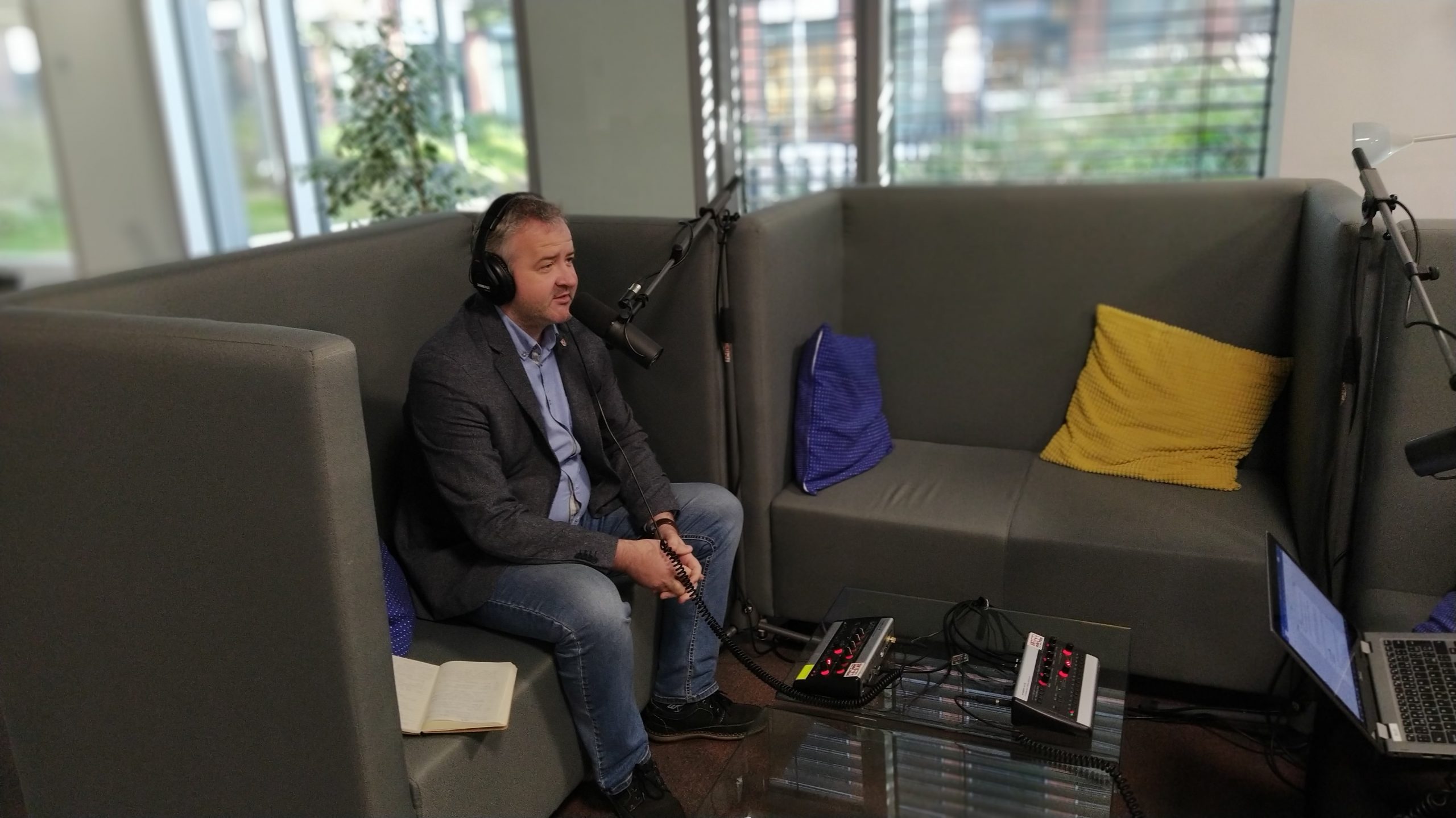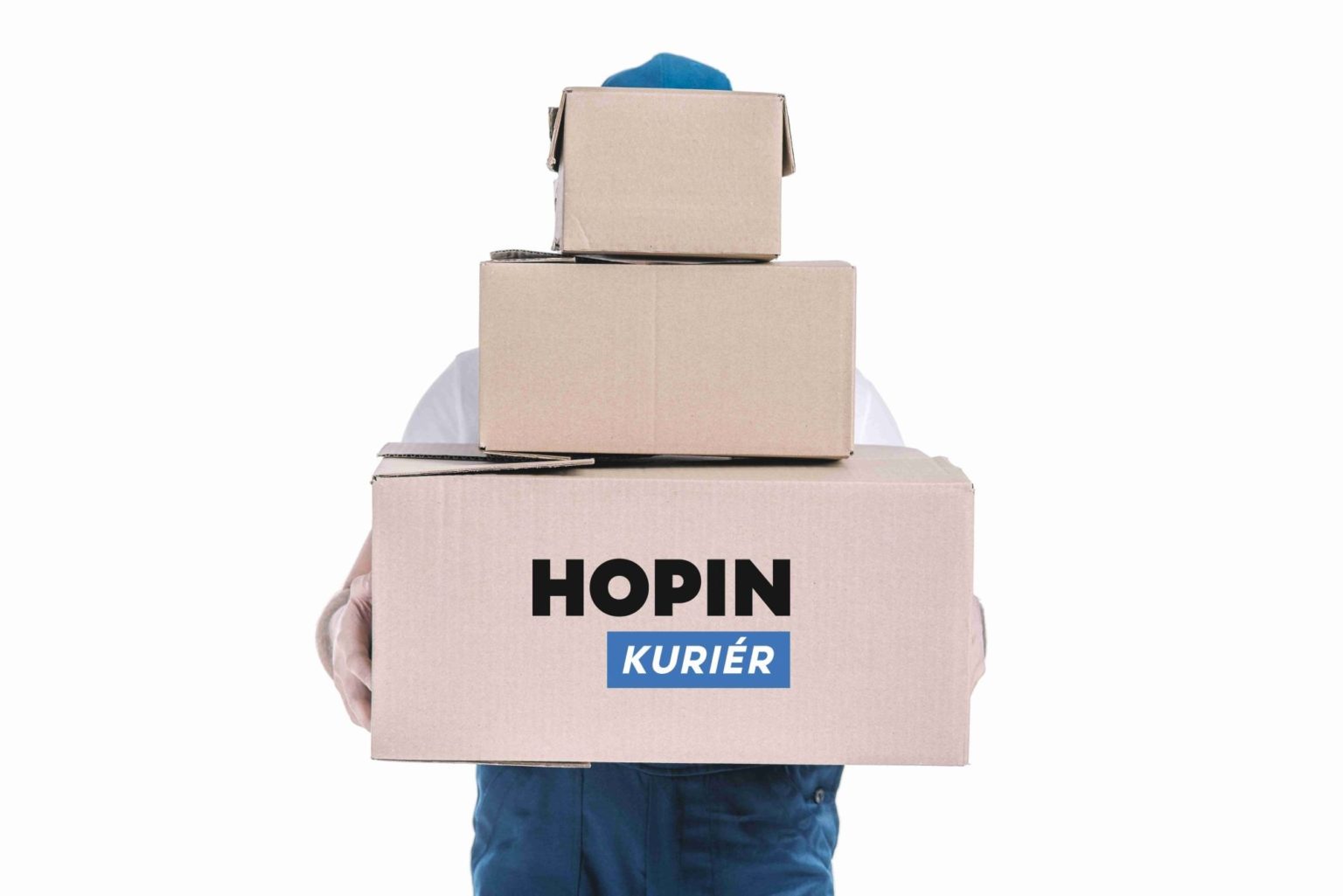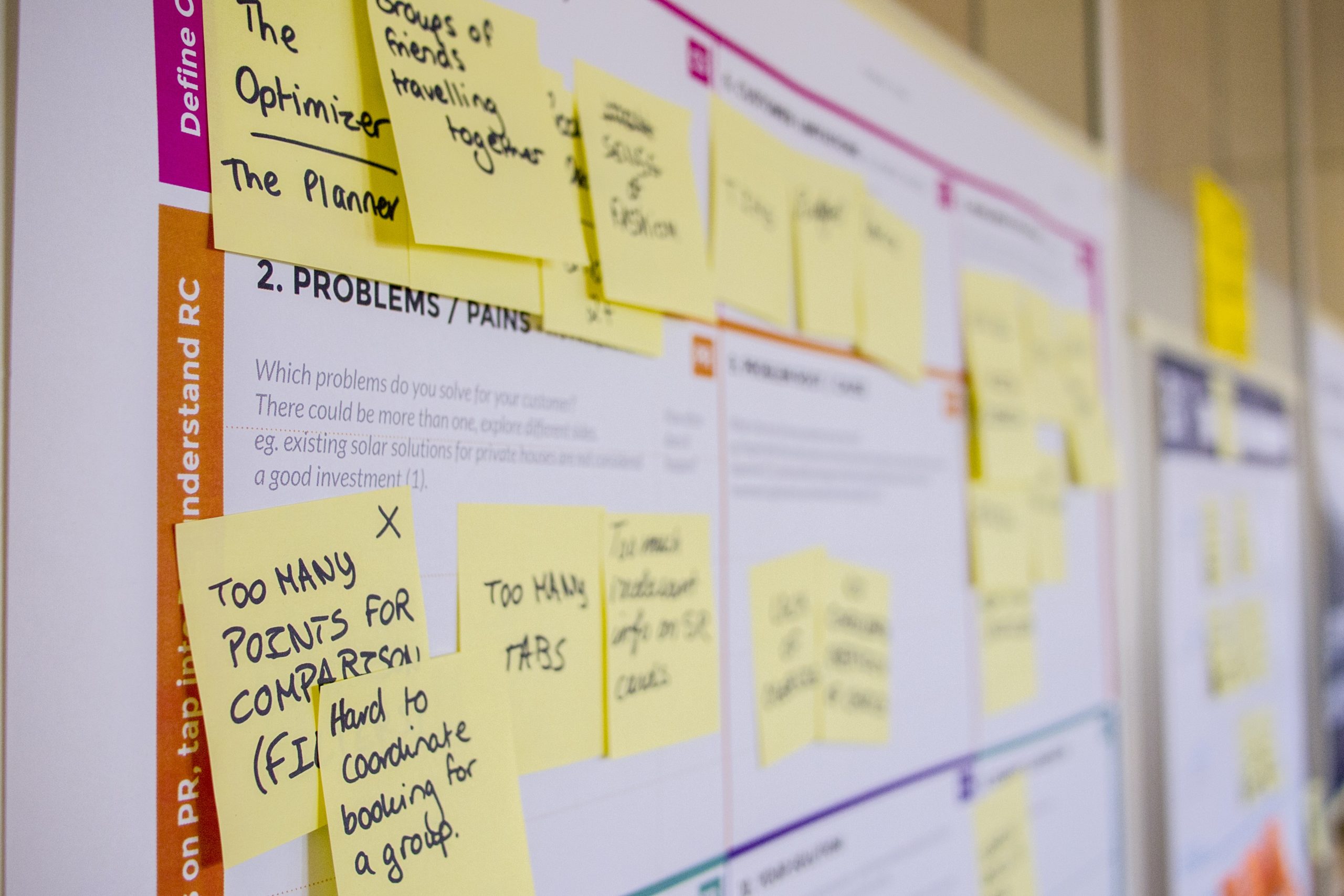In the following interview, an expert on innovation, Ján Uriga, discussed creativity and innovation in the context of the ongoing crisis. How can we adapt innovation to customer needs? Do companies need to innovate?

What does the issue of innovation behave in times of crisis and thereafter? Do other rules apply to innovation?
This is the period when the innovations get extreme. In other words, it pushes innovations towards both ends of the spectrum. Some companies start to focus on innovations intensively, and others even halt them or do very little. If we follow the statistics, the period of crisis forces every single organization to think about how to do things differently and how to do them more effectively. Thus, innovation is currently one of the main issues.
Why will some companies increase their innovation efforts during the crisis, and others will halt them?
The crisis is changing consumer behavior very quickly. It also changes the priorities of those who buy and those who sell. The demand for some items sharply increases or decreases, which puts many companies into a downward spiral. Companies that intensively increase their innovation efforts understand that their product or service is no longer wanted. Thus, they fight for survival and their own future. Some companies are then lucky enough not to be forced to do anything because their product is not affected by the crisis. If we look at the statistics, about 4 to 10 percent of companies are going through this crisis without any adverse impacts. About 15% of companies are even experiencing growth at this time. The rest of the companies have to persuade the buyer to buy the product or service they are used to even though they are getting through a rough period.


Source: HOPIN 
Source: Kai Pilger
Can you mention some examples of company innovations that were created during the COVID-19 crisis?
Several new projects from companies have piqued my interest. The first project is Pygmalios, which launched thermal maps – the so-called video sensors – based on stereoscopic cameras. This innovation helps identify the number of people in a given public space whenever there is a risk of contamination or infection spread. It can provide the user with clear information on the areas with the largest number of people. It is very effective and useful in protecting the health of the user and the customers as well. Another innovation comes from LUMITEC, which came up with straightforward technology. They created an online portal that allows you to communicate with authorities even during the quarantine. People can communicate with the state authorities and offices efficiently, quickly, without fees, without the need for registration, and from the comfort of their homes. Taxi services, such as HOPIN, are another example. They transformed to deliver foods and other stuff.
Does the future transition to digital technologies look viable?
We hypothesized and dreamed about digital technologies and their adoption in companies; we organized various conferences and round tables. This period is an acceleration period. One of my colleagues who works globally on digital adoption says that the crisis has accelerated digital adoption by 5 to 10 years. And why technologies? Well, because they are scalable. They are a source of data. Technologies objectify the world. And that is why today’s shift to digital technology is the logical consequence of a world that needs to be globally available everywhere and at any time.

Petra Csefalvayová from INCIEN said that converting waste into resources and digital technologies would be key in the transition to a circular economy. Are companies opting for the so-called eco-innovation?
The answer is a resounding yes! We can see it mainly with large brands. As companies with a global reach and millions of customers become bigger, they tend to opt for an eco-policy business model. This is not a CSR activity. These companies make it clear to their customers that they do not only care about the customer but also about the planet. The systematic implementation of eco-policy is essential. A nice example is smart applications that help identify what kind of packaging there is and recommend the best place to take it based on geolocation. We seem to be moving from a linear economy to a circular economy. The circular economy retains the product design information and what happens to it throughout its entire life cycle. We were recently part of an innovation roadshow that we organize in the Czech Republic and Slovakia. We had catering supplied by a company from Ostrava, which makes rounds in groceries that have food shortly before the expiration date. For instance, they take tomatoes and vegetables and turn them into ‘Cool Catering.’ They also do not forget to mention that tomorrow it would end up in the trash, but today you will eat it. And now, you have it in your hand, it tastes good, and you begin to think that this would probably end up somewhere in compost instead of you eating it. We drank from glasses that were cut perfectly from glass bottles. They showed that they implant a chip in those coffee jars, and if you return the jar to the shop, you get a discount. But it also has an additional benefit—you become part of the loyalty program. This circularity is very human and very simple in practice.
Can you compare eco-innovation adoption in the Czech Republic and Slovakia?
From the initiatives I am monitoring in the Czech Republic and Slovakia, the adoption process is delayed in Slovakia by several months, and it is perhaps twice less intense. Czech companies approach it in this way – a mix of different startups innovate their business models with this concept. Large businesses are connected to their parent companies. Because this is more prevalent in the Czech Republic than in Slovakia, statistically speaking, the income is also higher in the Czech Republic. The Czech market is twice as large. As for the young and middle generation’s awareness, the adoption is faster in the Czech Republic than in Slovakia.
Is it true that in Slovakia, we have to be 100% prepared for innovations to communicate them and go out into the world with them?
You hit the nail on the head because the Czech and Slovak nations – now within Hofstede’s cultural dimensions – are similar in that we are both traditionalists and conservatives; however, the Czechs differ in one thing, which in this model is called benevolence, leading to an easier adoption to new things. They do not get frustrated easily if it is not in perfect shape. They love the idea at its core much more with their hearts than their minds. We need to think it through repeatedly, and we are looking for the best solution; we are wasting time, energy, and meanwhile, other things usually appear and completely change the odds again.

Source: Daria Nepriakhina 
Source: Israel Andrade

Is creativity a driver of innovation?
First, let us explain in one sentence what creativity is and what innovation is. Creativity is a quality, a person’s ability. Innovation is a product that is created, delivered to the market, and has its customers. For the innovation – the final and functional product – to work, we need creativity. So now that I have clarified it, the ratio is 30:70, creativity and innovation, respectively. Thus the creativity is not the biggest force. The essential element of innovation is a well-defined problem, and there we need to be analytical. Many companies are a bit wrong when they bring many creative minds into one room and let them be creative. In the first phase, we need analysts who know how to identify the right problem from many data. Only then do the creatives come in, looking for a variety of solutions to a well-defined problem. It is said that there is a limit to the number of problems and no limit to the number of solutions. But success requires a good identification of the problem.
When is innovation risk-free?
A risk-free innovation is when you listen to a customer fully and effectively, and they tell you what they need. All that research related to a customer’s desire or definition of their needs improves the current product. That is why we call it risk-free innovation. The innovation that involves risk is that when people express their problems, they cannot name the solution. You come up with a solution, deliver it, but you are not sure that what you came up with will be absorbed by the people. Therefore, technology giants make excellent partnerships with professors and academics, often even with Nobel Prize winners. Within their academic life, they go on sabbatical. That is, they are taken away from their article/research for a year while they are drawn into a corporate cutting edge commercial environment bustling with technology, money, and teams. They are there for a year to come up with new solutions that are ahead of their time. They know that one day it will come; they do not know what day exactly. The company virtually freezes it until it becomes demanded on the market when they pull it ready to be served. In a crisis, availability is perhaps the most important attribute that may explain many companies opting for innovations. The customer must have the easiest possible access to the product you have devised. And then you have the best chance of success.
When does technology pose a risk? Does such a situation even exist?
It is an excellent question concerning the issue of the digital paradox. When we ask customers what they expect from a relationship with a service or product provider, more than 70% say we need the human touch, the human feeling on the other side. And in the corporation, you ask, ‘what are your priorities?’, what will they tell you in the first place? Well, digitalization. This is the paradox. The customer says, ‘I want a human touch,’ the company says, ‘I have a digital touch.’ Another reason exists why the adoption of technology is risky for the company, and that is the lack of readiness of the employees themselves to work with them. We google and acquire beautiful studies on technology adoption in our meetings and expert sessions, but we forget that we have thousands, hundreds, or just dozens of people who have no idea how to do it. They are scared objectively. They are careful not to make a mistake, and in between are months when the wind of the sails is taken from the company.

How should a company proceed to implement technology successfully?
Today, an awful lot of technology is available. Therefore, it is essential to do excellent research on which technology is compatible with our corporate culture and compatible with our customer’s demands. Do not implement technology just because it is on Google’s top five pages, and 10 other companies are using this. Choose a technology that will help you solve customer issues very effectively.
How do innovations relate to those eco-innovations, creativity, and technologies?
It is hard to say it briefly, but you just do not understand it if you cannot explain it. Let me try it then. Both innovation and implementation are a solution that improves a person’s quality of life. Whether we are talking about a circular economy or implementing innovation, it is justified only if we can prove that we are improving the quality of human life. It becomes significant if it improves human development. My personal goal is to inspire companies to do things that inspire others.
The series of Creativity4Circularity podcasts was created for the CoCo4CCI project, which connects advanced manufacturing with the cultural and creative industries to facilitate less traditional forms of collaboration. The Slovak Business Agency prepared them. If you want to listen to this interview as a podcast, you can find it on the following platform:
The project is funded by the Interreg CENTRAL EUROPE grant scheme.
